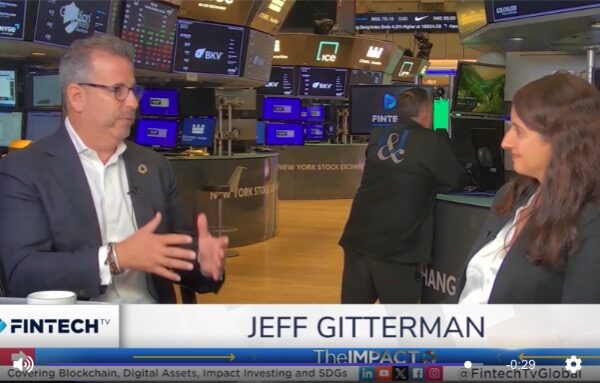By Lorenzo Bassetti and Filippo Radice Fossati
(This article was originally published on MarketWatch.)
It’s no secret that governments and regulators have been ramping up enforcement of greenhouse-gas regulation. But here’s something counterintuitive: Shares of some oil and energy companies — players in so-called dirty industries — may deliver better investment returns relative to companies in cleaner industries, even amid tightening regulatory constraints.
Why this could happen requires understanding what it means to manage climate transition risk. Transition risk refers to the up- and downside risk associated with the shift to a low-carbon economy, including the impact of changing policies and laws, emerging energy technologies, movements in energy pricing, and more.
The role transition risk plays in an investment portfolio greatly depends on how the transition itself actually plays out — and several different pathways are possible.
For example, the table below shows the S&P 500 companies with the lowest transition risk, based on a statistical analysis of historical price behavior in different energy price environments, as modeled by the climate analytics firm Entelligent.
The table lists those that would bear the least risk relative to other index constituents in a scenario where the world’s governments impose and enforce all of the rules and regulations they’ve individually committed to, known to policymakers as the Nationally Determined Contributions scenario (NDC).
Oil consolidation makes sense to ‘continue to lower the cost of production’: Tortoise’s Rob Thummel
| S&P 500 Lowest Transition Risk | NDC | |
| TARGA RESOURCES CORP. | TRGP |
| MARATHON PETROLEUM CORPORATION | MPC |
| EXXON MOBIL CORPORATION | XOM |
| WILLIAMS COMPANIES, INC. | WMB |
| CHEVRON CORPORATION | CVX |
| ONEOK, INC. | OKE |
| VALERO ENERGY CORPORATION | VLO |
| PHILLIPS 66 | PSX |
| APA CORPORATION | APA |
| KINDER MORGAN INC CLASS P | KMI |
| Source: Entelligent T-Risk® |
Under this scenario, all 10 of the top-10 lowest-risk stocks are oil and energy companies.
To be sure, some are more diversified than others, some focused on extraction and exploration, some on distribution. But all are in industries you’d expect to suffer most under an increasingly regulated climate transition environment.
But in fact this isn’t the case precisely because NDC brings predictable penalties and subsidies, ones that in fact have mostly been designed to bring the energy industry comfortably along for the climate transition ride.
For comparison, here are the 10 least-risky S&P 500 stocks in another scenario, this one known as Below 2°C — in line with the far more ambitious commitments made under the Paris Climate Agreement.
| S&P 500 Lowest Transition Risk | Below 2°C | |
| SYNCHRONY FINANCIAL | SYF-US |
| CAESARS ENTERTAINMENT INC | CZR-US |
| AMERICAN EXPRESS COMPANY | AXP-US |
| PAYPAL HOLDINGS, INC. | PYPL-US |
| CAPITAL ONE FINANCIAL CORP | COF-US |
| GLOBAL PAYMENTS INC. | GPN-US |
| VISA INC. CLASS A | V-US |
| FIDELITY NATIONAL INFORMATION SVCS, INC. | FIS-US |
| MASTERCARD INCORPORATED CLASS A | MA-US |
| DISCOVER FINANCIAL SERVICES | DFS-US |
| Source: Entelligent T-Risk® |
In a Paris-aligned world, specialty financial services providers, for the most part, enjoy the lowest transition risk among S&P 500 constituents — a much-less surprising outcome.
These companies are in a classically “clean” industry (despite the electricity they draw). Even among other financial institutions, they bear a climate transition edge, likely because they don’t have large branch networks and don’t hold investment portfolios that potentially contain other assets with high transition exposure.
None of this means that all oil and energy companies must fall to the back of the line in climate-risk terms in a Paris scenario. What it does mean is that, generally speaking, in a scenario that sets the bar for carbon reduction high, oil and energy firms will have to work harder, confront the high cost of responding to unplanned changes, and on balance be less likely to succeed.
The larger point is that some will do better than others. It depends on how the climate future plays out — how the regulatory burden changes and how mitigation technologies evolve. A savvy investor might take such factors into account in their decision-making, and track their influence on investment and portfolio returns.
Lorenzo Bassetti, formerly a multi-asset trader in Milan, is a financial engineer at Entelligent. Filippo Radice Fossati is a data scientist at Entelligent, focusing on environmental science, economics and policy.





